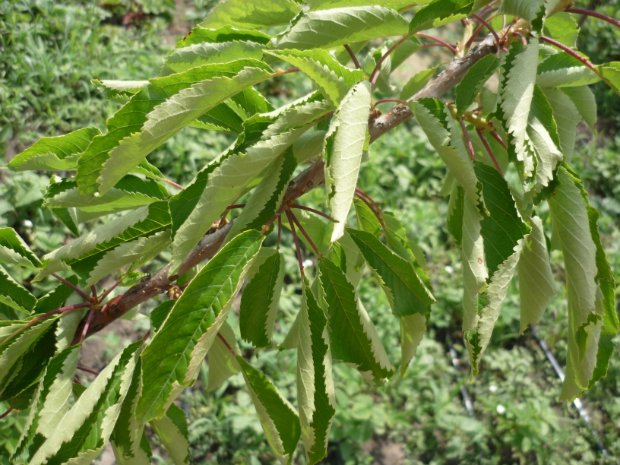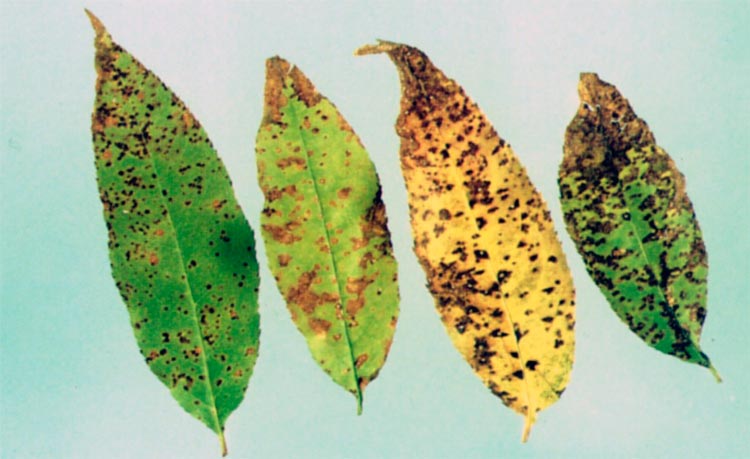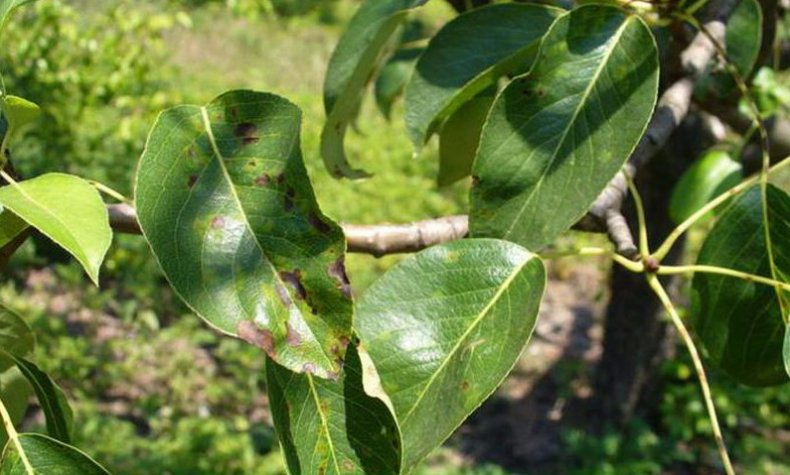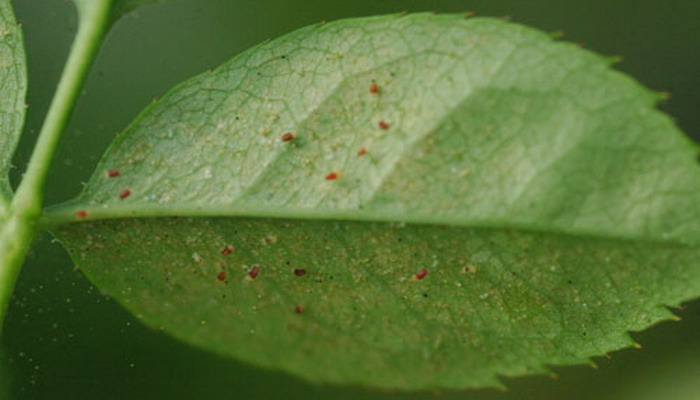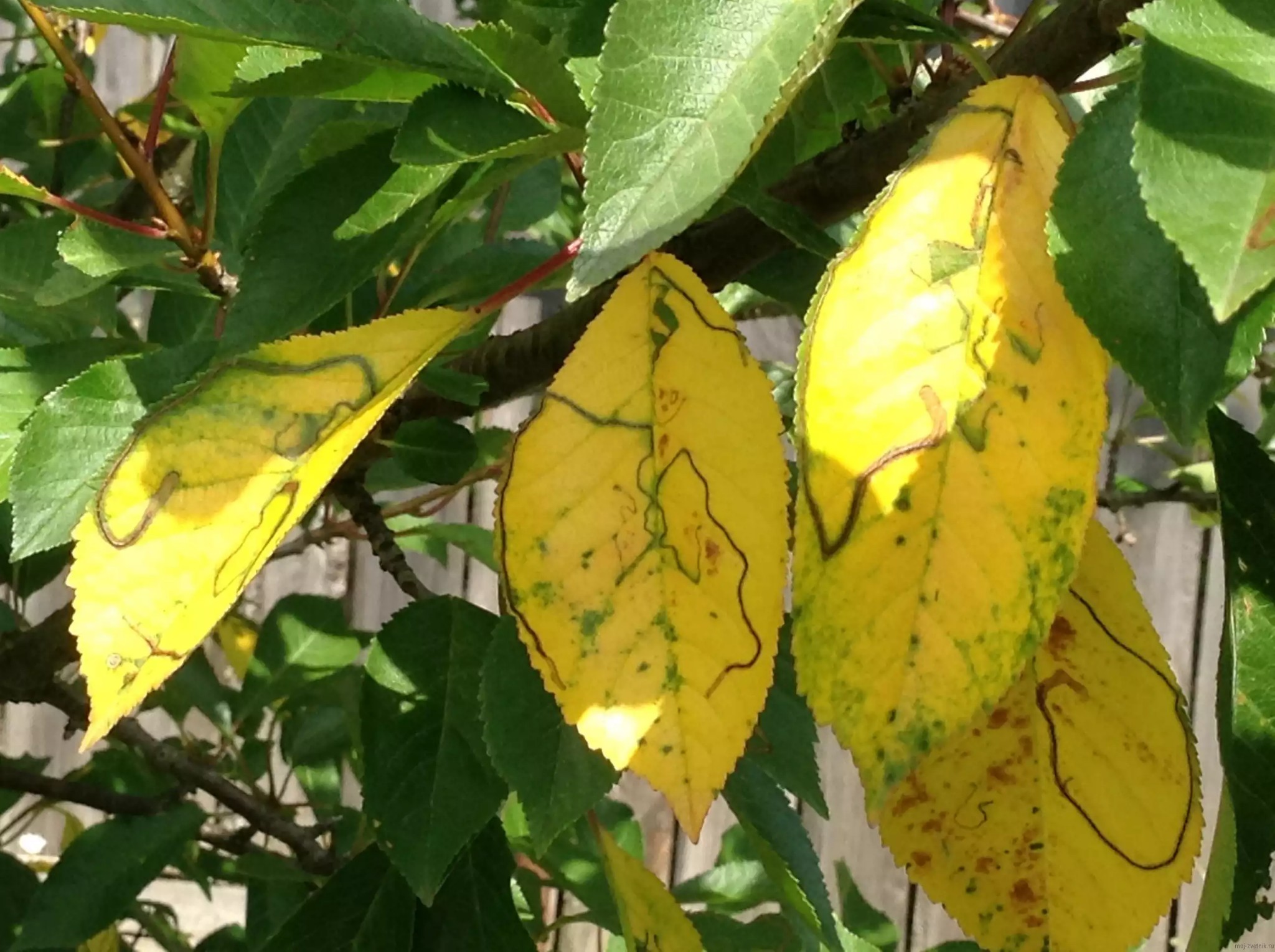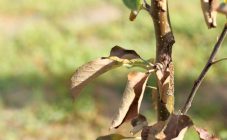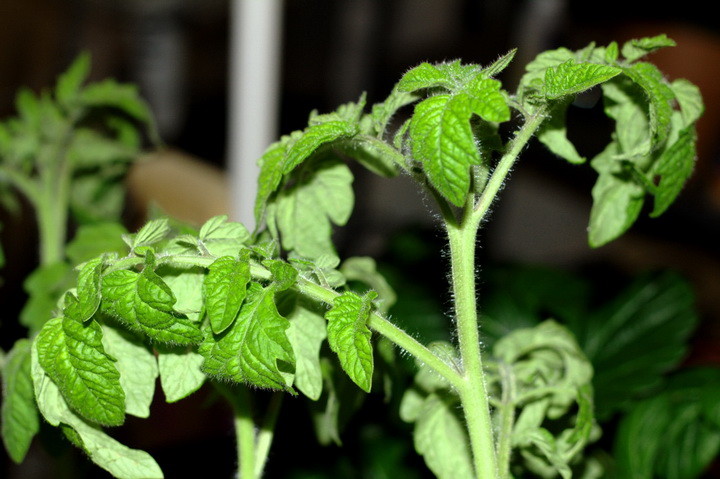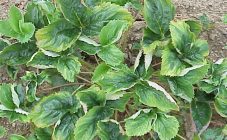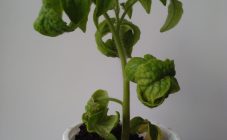Content:
Sweet cherry (bird cherry) grows well in the southern regions of Russia. The emergence of winter-hardy varieties made it possible to grow berries in the difficult climatic conditions of the middle zone. Plant adaptation must be accompanied by proper care and disease prevention. Some of the most common problems with cherries are curling, yellowing and leaf fall.
Causes of leaf curling
Sweet cherry is a popular but rather difficult plant to grow. Its season is rather short: from the last days of May to July. But the rich harvest of juicy berries is worth the effort to grow cherries.
Sometimes the gardener notices that the leaves on the cherry have begun to turn yellow and wither. There are a lot of factors causing the problem. First of all, you should pay attention to the mistakes of agricultural technology:
- incorrect trimming;
- watering errors;
- nutritional deficiencies;
- acidic or alkaline soil environment.
Sweet cherries grown in difficult climatic conditions have a weaker immunity to diseases and pests. The reasons for the leaves curling of sweet cherry can be a viral infection (mosaic disease), as well as a number of fungal diseases:
- coccomycosis;
- moniliosis (gray rot);
- scab;
- clotterosporium disease (perforated spot);
- powdery mildew;
- curly cherry.
Leaves are twisted on the cherry, what is it? Another of the serious causes of leaf deformation is the attack of insect pests:
- black aphid;
- spider mite;
- leaf rollers.
Control measures
Coccomycosis
Coccomycosis is characterized by the appearance of small brownish-reddish spots on the leaves. Over time, the spots increase, by mid-summer the cherry sheds its foliage. The tree dies due to the lack of photosynthesis. It is necessary to burn the parts of the plant infected with the fungus, dig up the soil around the trunk. Before flowering, treatment with a solution of copper sulfate and water (300 g / 10 l) is used. It is possible to irrigate bird cherries with Horus diluted in water (2 g / 10 l).
Moniliosis
If the leaves of the cherry are curled, you need to inspect the plant for infection with moniliosis. With this disease, the flowers quickly dry out, the fruits become covered with gray growths and rot. In August, gum flow is observed. In order not to lose the entire crop and the tree itself, you need to eliminate the infected branches and fruits. In autumn, the trunks should be whitewashed. In the spring, before flowering, the soil is irrigated with a solution: 100 g of copper per bucket of water. At the end of flowering, the plant is treated with 100 g of the preparation "Kaptan", diluted in 10 liters of water.
Scab
The scab occurs during the cherry blossoms, the first symptoms appear in May. The leaf and berry are covered with brownish spots with a bloom of fungal spores, the edges of the leaf plate dry out. Unripe berry shrivels, slows down development. The leaf can curl into a tube, then crumble. Before bud break, soil and fruit trees are sprayed with "Nitrafen".
After budding, spray with Bordeaux liquid (1%). After 20 days, the procedure is repeated. After harvesting, a third spraying is done. A solution of 40 g of copper oxychloride in 10 liters of water helps to get rid of the fungus well. You can use drugs: "Kuprozan", "Ftalan", "Captan".
Clasterosporium disease
Infection with clasterosporium, or perforated spot, is manifested in the formation of brownish spots on the leaves with a red border around the edges. After 14 days, holes appear in their place. Affected leaves dry up and fall off. The infected parts of the plant are eliminated, they are sprayed with a solution from one bag of Horus (2 g) and 10 liters of water.
Powdery mildew
Powdery mildew is a fungal disease that affects young seedlings. The main feature is a powdery coating of white or grayish color on shoots and leaves. From powdery mildew on cherries leaves curl, how to process? You can use drugs: "Fitodoctor", "Strobi", "Topaz". An effective method is to treat the cherries with colloidal sulfur (2%) three times. It is useful to spray with a solution of potassium permanganate, infusion of rotten hay.
Curliness
This fungal disease leads to the fact that there are few leaves on the cherry. Curliness occurs due to infection with the Tafrin Wisner fungus. The leaves acquire a wavy structure with bulges. They begin to curl up, wrinkle, the edges curl down. The underside is covered with a white sticky coating. Fungicides help against the disease: "Horus", "Vectra", "Skor". The processing is repeated after harvesting. The diseased parts of the plant must be destroyed.
Mosaic disease
Mosaic disease is one of the viral diseases of sweet cherry. The main sign of infection is yellow stripes along the veins. Twisted, deformed leaves gradually darken, they die off.
Black aphid
Cherry leaves turn yellow, what should I do? A sign of an attack on a sweet cherry by a black aphid is yellowness and curling of leaves into a tube, a whitish bloom, drying of inflorescences, and an abundance of ants. The simplest means of struggle is a solution of 300 g of soap and 10 liters of water, which is used for morning and evening spraying of cherries for 5 days. Chemicals ("Iskra", "Commander", "Fitoverm") are used strictly before flowering, in order to avoid the penetration of poisons into the fruit. In autumn, cherries are treated with 5% urea solution.
Spider mite
The spider mite is a small orange-red insect (up to 1 mm in size) that sucks the juice from the lower part of the leaves. Leaves can bend, acquire a marbling color instead of a green tint. The yellowed leaf dies off over time. It is necessary to wipe the leaf plates on both sides with insecticides: "Alatar", "Tanrek". You can make an infusion of 200 g of onion peel and 10 liters of warm water. After 15 hours of infusion, add 10 g of soap for each liter of solution and begin to process the cherries.
Leaf roll
During the budding period, a leafworm caterpillar appears. It damages buds, eats leaves. The pest develops in twisted leaves held together by cobwebs. In late May or early June, trunks and stems are sprayed with drugs: "Fufanon", "Kemifos", "Karbofos". 2-3 weeks after the end of flowering, the treatment is repeated.
For spraying cherries from pests, you can use the folk recipe for potato infusion. The tops (1 kg) are soaked in warm water (10 l). After 5 hours, filter the infusion, add crushed laundry soap (50 g).
Yellow leaves in spring
Gardeners may be faced with the fact that the leaves on cherries turn yellow in spring. If the yellowing is uniform, without spots, then the cause may be dehydration of the plant. In dry spring, you should carefully monitor the watering of cherries.
Shoots and leaves of cherries can turn yellow in early spring due to verticillosis, a fungal disease. Another symptom is gum secretion. It is necessary to spray the cherries with Fundazol, do not overmoisten the soil and limit the portion of nitrogen fertilizers.
Cytosporosis is often the cause of the yellow color of cherry leaves. Leaves fall off intensively, cracks appear on the bark, red-brown spots. Shoots die off. To combat cytosporosis, copper sulfate and the treatment of damaged areas with garden varnish are used.
Do the leaves turn yellow and fall on cherries in June? Often this phenomenon occurs on excessively alkaline soils, with an overdose of lime and manure. Chlorosis is the reason why the leaves change their color from green to yellow. It is required to acidify too alkaline soil, provide the plant with iron salts by spraying with a 2% solution of ferrous sulfate.
Too high a level of groundwater leads to oxygen starvation of cherries and a decrease in the production of chlorophyll. The reason for the yellowness of the leaves can also be a deficiency of magnesium and nitrogen. It is necessary to improve the nutrition of cherries and make up for the lack of trace elements.
Experienced gardeners recommendations
All diseased fallen leaves and fruits under garden trees should be removed and burned. After that, the soil should be carefully dug up. The procedure is carried out regularly in early spring and late autumn.
Cherries require timely pruning. Otherwise, the pests hibernate inside the plant and become more active in the spring.
The condition of the cherry leaves is a sure indicator of its health. To successfully maintain a cherry orchard, you should carefully monitor the slightest changes and take timely measures.
